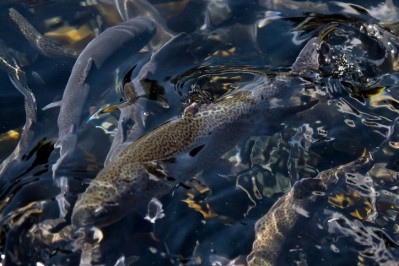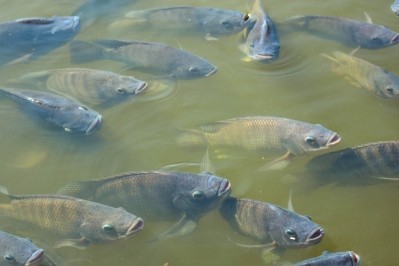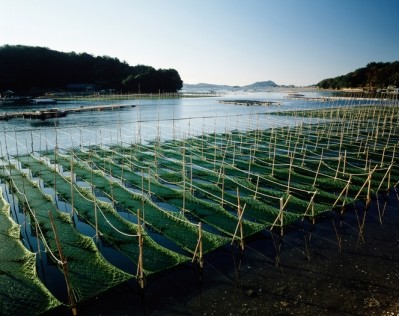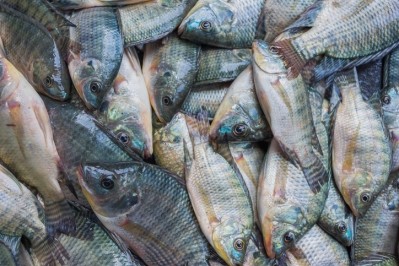Using pre-gelatinized starch in aqua diets may boost tilapia growth, performance
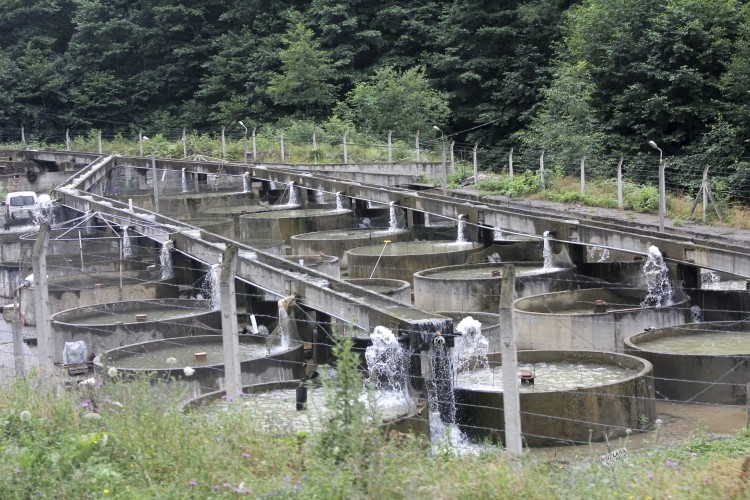
A team of researchers from Malaysia and the US examined the use of different starches and pre-gelatinization on the growth and production of tilapia.
“The aim of the current study was to assess the potential differences of native or PG starches on the growth and various physiological parameters of tilapia after 9 weeks,” the researchers said. The group examined growth, feed efficiencies, muscle biochemistry, intestinal short chain fatty acids and liver glycogen and results were published in the journal of Food Science.
The researchers found that feeds using pre-gelatinized (PG) starches were more stable, had better bulk density and improved protein solubility, they said. And that fish getting pellets containing PG starch had reduced short chain fatty acids (SCFA) but improved plasma glucose, cholesterol, triglycerides and liver glycogen.
“The use of PG starches could be applicable to commercial feed manufacturers, but also to various famers due to the simple process of pre-gelatinizing starches,” the researchers said. “A greater flexibility in the utilization of a more readily available and potentially less expensive starch source may substantially improve cost effectiveness, as well as fish productivity.”
Why pre-gelatinized starch?
Carbohydrates in plant material can be considered either non-starch polysaccharides or starches, said the researchers. In fish feed, starches can offer a cheap energy source to reduce catabolism of proteins and lipids and they can improve durability of pellets.
However, fish are less adept at using starch than some terrestrial animals, they said.
Tilapia are one of the most raised fish in the world and grow well on diets with high levels, around 46%, of dietary carbohydrates, they said. Tilapia tend to be better at using polysaccharides than mono- or di-saccharides.
One method to possibly improve carbohydrate digestion is to extrude it at high temperature and pressure, which produces starch gelatinization, said the researchers. “This is when the intermolecular bonds of the starch that create their crystalline structure are broken, resulting in the granules dissolving and this can create more sites for digestive enzymes,” they added.
The amount of starch gelatinization is altered by moisture content, temperature and starch type, but PG carbohydrates can ensure complete gelatinization which potentially improves pellet qualities and digestibility, they said.
Previous research looking at starch digestibility in rainbow trout compared native and PG starches and suggested that PG starch boosted starch digestibility for rainbow trout, they said.
Later work found benefits of dietary PG starch use for growth or digestion for several aquatic species including common carp, rainbow trout, Pacific white shrimp, gilthead sea bream and silver perch, said the researchers. And that while use of PG corn flour improved growth and digestibility for tilapia it reduced intestinal SCFA, when compared to feeding native corn flour.
Improving starch utilization by fish may add flexibility to use of locally available starch sources, they said. And it improved pellet quality from starch gelatinization is known to improve water quality and reduce feed waste.
Methods and materials
In the study, 240 fingerling tilapia were given one of four diets for a period of nine weeks, said the researchers. The diets included 250g per kg-1 of either tapioca starch (TS), PG tapioca starch (PG-TS), corn starch (CS) or PG corn starch (PG-CS).
PG corn starch and PG tapioca starch were pre-gelatinized for use in the feeds, they said. Fishmeal and soybean meal were used as the primary protein sources.
Proximate composition of the pellets was measured, as were total carbohydrates and fatty acid composition, they said. Feeds were tested for bulk density (BD), expansion ration (ER), pellet durability index (PDI), water absorption index (WAI), water solubility index (WSI), water stability (WS) and protein solubility (PS), they said.
Fish weights and lengths were noted and blood samples were taken at the end of the trial, said the researchers. Viscera and liver samples were collected to establish the viscerosomatic index (VSI) and hepatosomatic index (HSI).
Cholesterol content, fatty acid composition and proximate composition also were analyzed, they said. Internal digesta was collected to check for SCFA.
Results
Overall tilapia getting the PG diets had higher plasma glucose, cholesterol and triglycerides, said the researchers. But no change on plasma minerals was found.
“The inclusion of dietary PG starches was shown to be an effective way to improve various pellet characteristics beneficial to aquaculture and, in the case of TS, significantly improved tilapia growth,” they said.
No differences were seen for whole-body proximate composition or muscle cholesterol levels, they said. The HSI and VSI were higher for fish getting the PG-TS diet than the corn starch diet.
Fatty acid results did differ with fish on the TS diet having more C14, C16 and total saturated fatty acids than fish on any other diet, they said.
“A potential drawback, however, was the reduction to intestinal SCFAs, since these are known to contribute to the overall health of fish,” said the researchers. “Therefore, further research into different ratios of PG to native starches, or any interactions with indigestible carbohydrates, such as prebiotics that are known to enhance intestinal SCFA, might be worthwhile.”
The specific grow rate values were lowest and the feed conversion ratio was highest for fish getting the diet with tapioca starch and weight gain was lower for fish getting the TS diet compared to the PG-TS diet, they said.
An examination of the pellets found that BD, ER and WSI were higher in the PG diets and PDI was higher in the PG-CS diet than the CS diet, they said. WAI was lower in the PG-CS diet than in other feeds and WS was higher in the PG-TS diet than all others.
“A significant interaction was detected between type and treatment – the PS of the pellets was significantly affected by the starch type and gelatinization, as well as showing a significant interaction,” the researchers said. “The highest PS value was in the PG-TS diet, which was significantly higher than in all other treatments, while the CS diet had significantly lower PS than had all other treatments.”
Source: Food Chemistry
Title: Improvement of feed pellet characteristics by dietary pre-gelatinized starch and their subsequent effects on growth and physiology in tilapia
DOI: 10.1016/j.foodchem.2017.07.061
Authors: Naga Kanmani, Nicholas Romano, Mahdi Ebrahimi, S. Amin, Mohd Kamarudin, Ali Karami, Vikas Kumar
